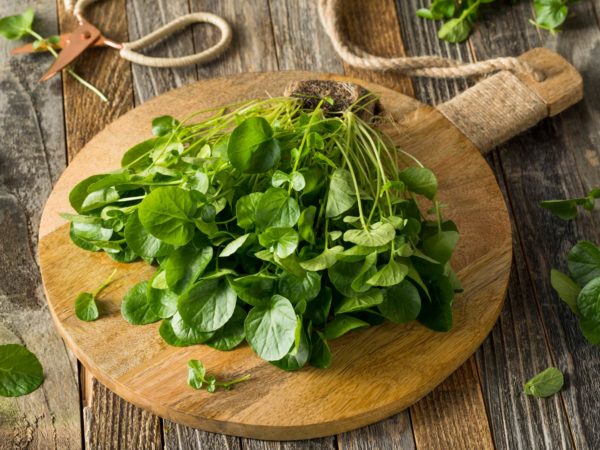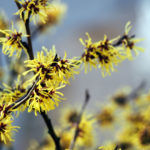Watercress For Your Skin?
What are the health benefits of watercress? Is it really good for skin problems such as acne or eczema?
Andrew Weil, M.D. | October 19, 2017

Watercress is a crucifer, a member of the plant family that includes broccoli, kale, and mustard greens. It has been used historically for a wide variety of medicinal purposes – as a diuretic, an expectorant, purgative, stimulant, and for prevention of scurvy (vitamin C deficiency). Watercress provides beta-carotene, fiber and potassium as well as vitamin C and vitamin K. Cruciferous vegetables, including watercress, are excellent sources of isothiocyanates, phytocompounds that appear to have anti-cancer activity.
Applied to the skin, watercress has been used to treat arthritis, earaches, eczema, scabies, warts, and acne, although there’s no good medical evidence that it is effective for any of these conditions.
If you have acne, the best treatments are to wash affected areas of skin regularly with soap and water and apply topical medications containing benzoyl peroxide. If you want a natural alternative to benzoyl peroxide, I recommend calendula, commonly known as pot marigold. Calendula is a popular ornamental plant that you can buy for your garden at most nurseries in the spring. Its bright orange flowers can be made into tinctures, lotions and creams. Try washing your skin with tea made from the flowers, or buy ready-to-use calendula skin products at natural products stores. You can also try a five percent tea tree oil gel.
As for eczema, I recommend using aloe vera gel, calendula lotion or cream, and chaparral lotion on irritated skin. I also suggest taking gamma-linolenic acid (GLA). This unusual fatty acid is found in evening primrose oil and black currant oil but is very hard to come by in the diet. GLA appears to have nourishing effects on skin, hair, and nails. Take 500 mg twice a day and expect to wait six to eight weeks to see results. You can find more of my recommendations for dealing with eczema here.
Although I can’t recommend it for treatment of acne or eczema, I wouldn’t want to discourage you from including watercress in your diet. Aside from its nutritional benefits, it can enhance the appeal of salads, sandwiches and soups. (Try this recipe for Salmon, Watercress & Sencha Soup.) Look for watercress with bright green leaves and crisp, moist stems. Avoid bunches that are yellowing or wilting. At home, put it in a container with the stems in water as you would flowers, cover loosely with a plastic bag and refrigerate. Use it within three days.
Andrew Weil, M.D.











